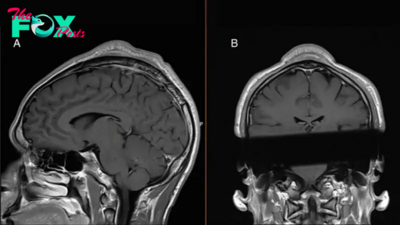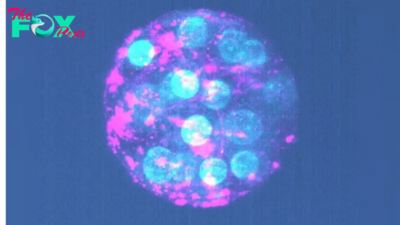Health
Why do we lose so much hair?
Hair loss can be an upsetting experience. In a matter of weeks to months, a person can go from having a head full of luscious locks to a brush full of fallen strands.
A certain amount of hair shedding is normal; we lose an average of 50 to 100 strands of hair each day, according to the American Academy of Dermatology. But when is it considered abnormal? And what are some reasons for increased rates of hair loss?
Before diving into these questions, it's important to understand the hair cycle. Hair grows in four stages: anagen, when hair is actively growing; catagen, right before hair growth stops; telogen, when hair stops growing; and exogen, when hair sheds from the follicle. The anagen phase can last anywhere from two to eight years, catagen for a brief two weeks, and telogen for about three months before the strand sheds.
In an average person's lifetime, each hair follicle will undergo this cycle 10 to 30 times. As a person ages, the anagen or growth phase becomes shorter, and fewer hair follicles stay in the anagen phase.
Moreover, not all shedding is true hair loss. "A lot of times, hair loss is really hair breakage," Dr. Lynn McKinley-Grant, an associate professor of dermatology at Howard University College of Medicine, told Live Science. Breakage can happen from brushing hair too much or using hair styles that pull on the scalp, like weaves and tight braids. It can also happen from using harsh products or certain styling routines, McKinley-Grant said.
But shedding more hair than what grows back can be a sign of alopecia, the medical term for hair loss. There are many different types, ranging from hormone-induced hair loss to autoimmune disorders.
The list of potential causes is "enormous," Dr. Dan Baumgardt, an anatomist and primary care physician at the University of Bristol in the U.K. who advises patients on hair loss, told Live Science.
-

 Health16h ago
Health16h agoTeens Are Stuck on Their Screens. Here’s How to Protect Them
-

 Health22h ago
Health22h agoHow Pulmonary Rehab Can Help Improve Asthma Symptoms
-

 Health22h ago
Health22h ago10 Things to Say When Someone Asks Why You’re Still Single
-

 Health2d ago
Health2d agoThe Surprising Benefits of Talking Out Loud to Yourself
-

 Health2d ago
Health2d agoDoctor’s bills often come with sticker shock for patients − but health insurance could be reinvented to provide costs upfront
-

 Health2d ago
Health2d agoHow Colorado is trying to make the High Line Canal a place for everyone — not just the wealthy
-

 Health2d ago
Health2d agoWhat an HPV Diagnosis Really Means
-

 Health2d ago
Health2d agoThere’s an E. Coli Outbreak in Organic Carrots



























